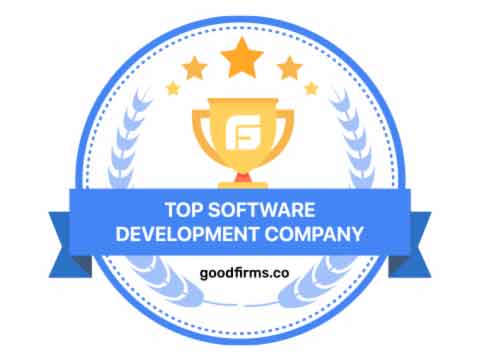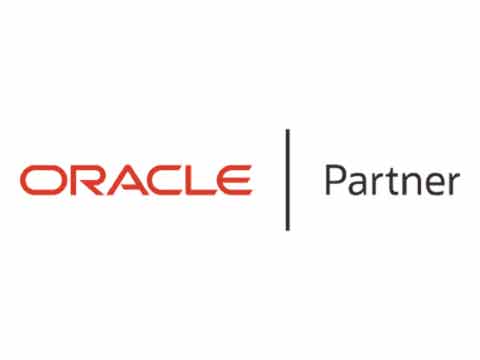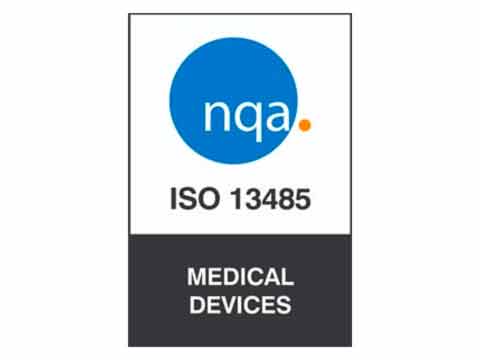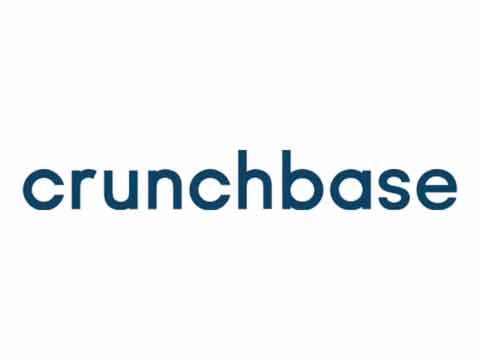What is Internet of Medical Things?
The “Internet of Medical Things” (IoMT) is a term used to describe the growing trend of interconnected medical devices and systems. IoMT devices can range from simple devices like blood pressure monitors to more complex devices like pacemakers. #IoMT Devices are revolutionizing healthcare by providing real-time data and insights that can help improve patient care.
This new wave of technology has the potential to revolutionize the way we deliver healthcare, making it more personalized, efficient, and effective.
What IS This Technology?
IoMT are devices and sensors that collect data about a person’s health, which is then transmitted to a central database and can be shared with healthcare professionals and caregivers. They can be as simple as the smartwatch you might be wearing right now or as complex as the sensors in a helmet to monitor concussion risk. Medical professionals could monitor your heart rate and blood pressure remotely while you garden at home. A parent could monitor their child’s blood glucose throughout the school day. A caregiver could have the comfort of knowing an aging loved one got up from bed, brushed their teeth, took their medicine, and enjoyed a nice breakfast.
Internet of Medical Things in Healthcare

Undoubtedly, IoMT is changing the face of diagnosis, treatment, and care. It has the potential to change healthcare as a whole, whether monitoring an individual patient for a change in status, a health condition, or a population for elevated disease risk. Once a patient walks out the door, how does the medical professional or even you on a daily basis know what is happening inside your body? IoMT changes that. Given permission, the data can be shared with healthcare providers and caregivers to monitor, coordinate care, and improve outcomes.
We can gain insights that were previously unavailable. It can make healthcare more cost-effective by reducing the need for expensive tests and procedures. Care no longer has to happen at a hospital, doctor’s office, or other medical facility. By automatically processing data, insights can be gained without humans having to examine it. A continuous glucose monitor (CGM) can tell a person with diabetes how they react when eating a specific food, exercising, or walking up the stairs.
Privacy Matters
With all medical and personal data, privacy matters. Software and system developers should incorporate the necessary privacy controls to allow the owner of the data, the person being monitored, to choose how they use that data and how it is shared. Beyond #HIPAA, #FTC privacy guidelines, and #GDPR guidelines, they should be able to give access to a particular institution, system, or person and have it time-bound. For instance, Jane could allow all users at the University of Remote Health to see her data or just a particular doctor and only authorize them to see the data for the next three months. The data owner should also have the option to allow the data to be collected anonymously for research and population-level initiatives.
Security Matters

If IoMT devices are not properly secured, they could be hacked and potentially used to launch attacks on hospitals and other healthcare facilities. The hackers could gain access to patient data, including medical records and confidential health information. Medical records command a high price on the black market. A recent report by Trustwave found that medical records can go for $250 per record versus $5 for a credit card number. In the most extreme examples, if not properly secured, a hacker could alter the functionality of a device, such as a pacemaker, and cause serious harm or the death of an individual.
It is essential that IoMT devices are properly secured to protect patients and healthcare facilities. IoMT device manufacturers and healthcare organizations must work together to ensure these devices are safe and secure. The FDA released two guides this year related to medical device cybersecurity. The first focuses on quality systems and cybersecurity. “Cybersecurity in Medical Devices: Quality System Considerations and Content of Premarket Submissions,” while the second is focused on the facilities where the device may be used and is called “Medical Device Cybersecurity: Regional Incident Preparedness and Response Playbook.”
Conclusion
Despite these concerns, IoMT devices are becoming more and more popular in healthcare. Organizations must be aware of the risks involved and take steps to protect patient data. With the right precautions in place, IoMT can be a powerful and safe tool to improve patient care. The future of IoMT in healthcare is very promising. This technology has the potential to revolutionize the way we deliver care to patients. As the internet of medical things continues to evolve, its impact on the healthcare industry will only become more pronounced.
How Estenda Can Help
Whether it’s creating a new device or sensor, integrating and analyzing the data, integrating with your EMR, or developing new systems and algorithms to improve patient care, streamline operations, and reduce costs, Estenda has experience in developing IoMT solutions that help our clients achieve these goals.
Our team of experts can help you design, develop, and deploy an IoMT solution that meets your specific needs. We have experience working with various devices and sensors, and we can help you select the right ones for your application. We can help you connect your devices to the cloud, and your #EMR, and develop the software needed to manage and analyze your data.
If you’re looking for help with your IoMT project, please contact us. We would be happy to discuss your needs and see how we can help.
* * * * *
To stay up-to-date on the latest developments, advances, and additional features in IoMT;
OR contact us today to schedule a free discovery meeting to discuss how we can help you create unique software implementing IoMT for your projects!










